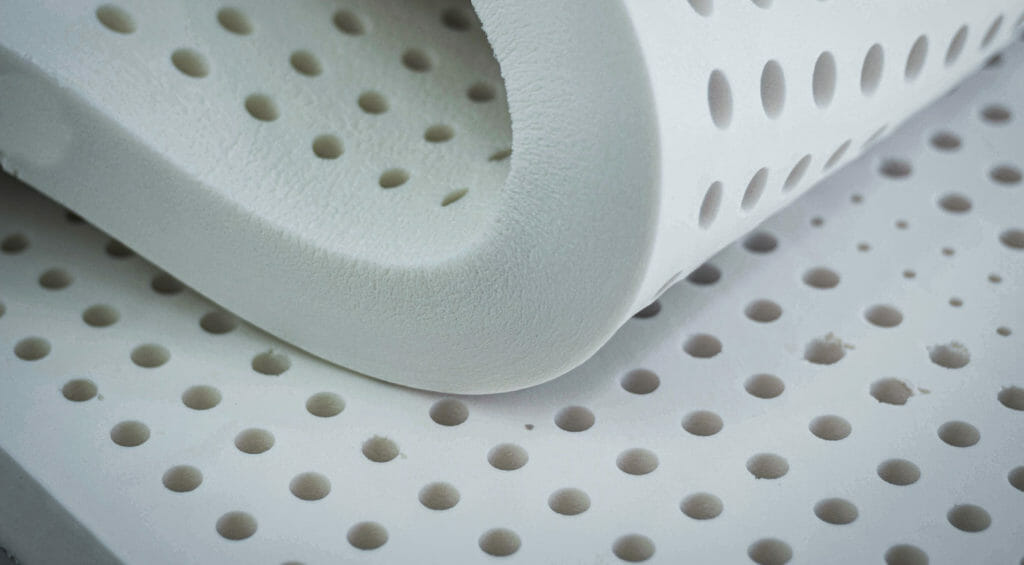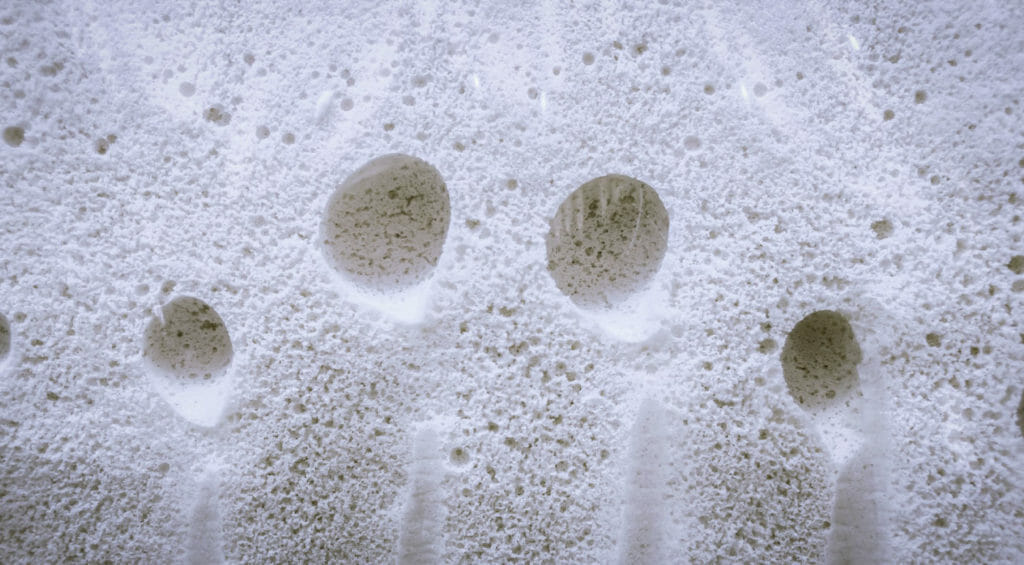
Latex has become a popular alternative to memory foam for mattresses, providing a more supportive and firm structure for people who do not enjoy the cushioning effect of memory foam. Latex can be produced using two different processing methods, and the two—Dunlop and Talalay—are often compared to each other. Many mattress brands tend to promote one process over another, so understanding the differences between the two can help you make a more informed decision when you’re ready to buy a mattress.
Dunlop vs. Talalay Latex: What’s the Difference?
If you’re in the market for one of the best online mattresses, the first thing that you have to establish is the type of material you prefer. Latex is a popular material in the construction of mattresses, so you may want to know more about the materials and processes involved.
Dunlop and Talalay processes have many similarities, and the average consumer is unlikely to notice a difference between them. The primary way the two differ is in the production.
The Production Process of Dunlop Latex

The Dunlop latex production process starts with the material in a liquid form. The liquid is placed in a container, and then, using a special process, the compound is turned into a foam. Once the latex liquid material has turned into a foam, it is placed into a mold to give it the right shape for manufacturing an actual mattress.
Once in the mold, the foam is conveyed to a special type of oven for the vulcanization step. As the mold moves through, heat is applied, which causes a chemical reaction to occur. This is aided by the presence of zinc oxide and other accelerators added to the latex material. The process hardens the foam inside of the mold.
After the foam has hardened and removed from the mold, the material is transferred to a washing station. This is an important part of the process, as the washing of the foam ensures all the residue is removed from the product—including the soap used in the washing process. By washing the foam, the purity of the latex material is enhanced. It also helps the material retain its elasticity for a longer lifespan.
The final step is putting the latex into a drier. Here, the foam is exposed to high temperatures to remove any moisture from the foam.
The Production Process of Talalay Latex

The Talalay latex process shares several things in common with the Dunlop process. It starts out as a liquid, it is turned into a foam, and it is then set into a mold.
The main difference is that the mold is only filled halfway. After the mold is filled, it is closed and sealed, and it undergoes a vacuum technique that causes the foam to expand to fill the rest of the mold.
Then it is frozen. Carbon dioxide gas is then pushed into the foam, at which point the foam will turn into a gel-like substance. When the material becomes a gel, the mold is placed into a vulcanization oven. It is exposed to a temperature of 220 degrees Fahrenheit for a specific amount of time, which causes the material to harden.
Following the vulcanization process, the latex foam will be washed and dried—same as the Dunlop process.
So, Which Type of Latex Is the Best?

It is important to note here that one isn’t really better than the other. The differences are unlikely to be obvious to the consumer, so the choice between them comes down to your own personal preferences. That said, there are some subtle differences.
With Dunlop latex, you generally get a foam that has a springy feel to it. The material is also known to be quite dense since the entire mold is filled with the liquid and there is no expansion process.
With Talalay latex, you get a foam that has more of a bouncy feel to it because the foam isn’t as dense as Dunlop latex.
There are many misconceptions about the two processes, and many retailers tend to promote Talalay latex as a softer option compared to Dunlop. Even though Talalay latex is expanded and generally considered less dense, that doesn’t necessarily mean it’s a softer material.
It’s also important to consider the manufacturing process of both of these brands. If you’re concerned about the impact on the environment, then the Dunlop process might be your choice because it’s more energy-efficient compared to Talalay latex.
The actual structure of the mattress needs to be taken into account as well. For example, a consumer looking to buy one of the best mattresses for back pain is obviously different from someone who simply wants better support. So, the choice will always be down to the materials in addition to the reputation and quality of the mattress retailer.
Conclusion
When comparing Dunlop latex to Talalay latex, the differences are few and subtle. Consumers looking for products with less of an impact on the environment might consider a Dunlop mattress. When a bouncy feeling is desired, however, a mattress using Talalay latex might provide a more satisfactory sleeping experience.